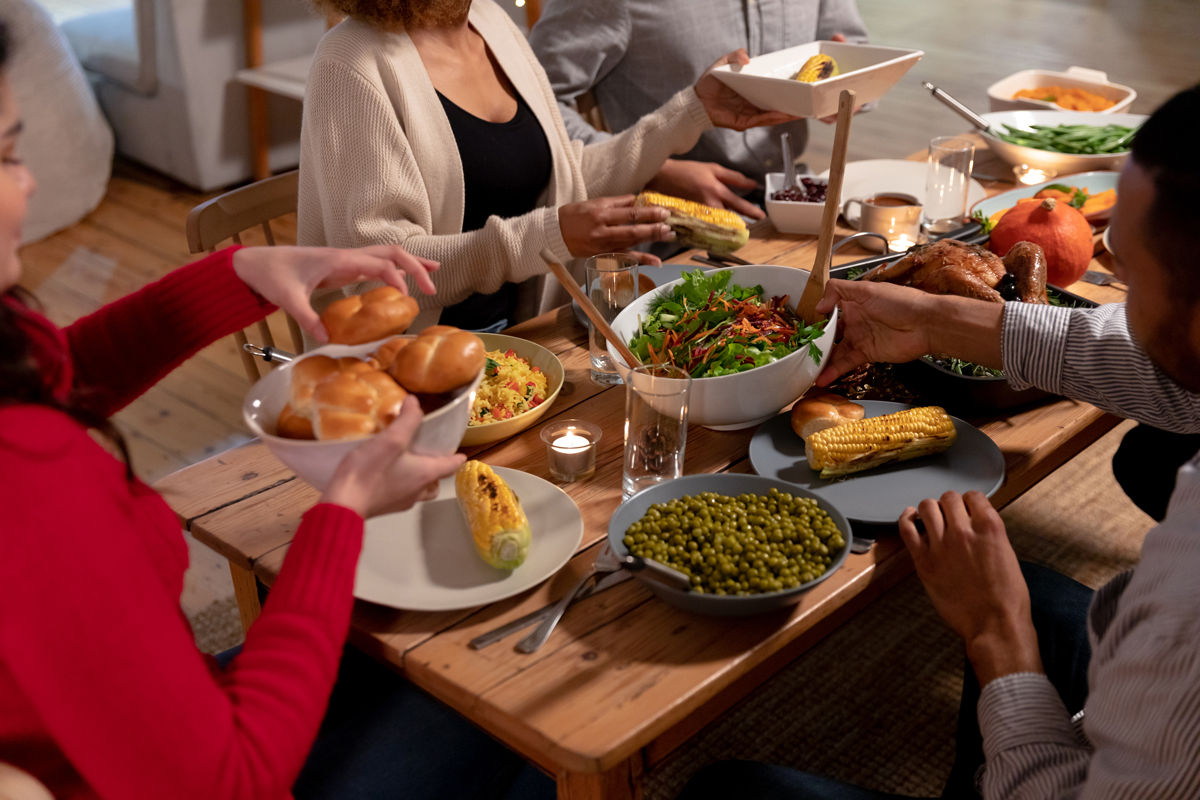As many of us look forward to celebrating Thanksgiving with family and friends next week, we’re also bracing for the added hit to our wallets.
A recent piece in The New York Times put it bluntly: “Thanksgiving 2021 could be the most expensive meal in the history of the holiday.” Almost all ingredients — from turkey to sweet potatoes to coffee — are expected to cost more. A range of factors — from supply chain issues to labor shortages to inflation to extreme weather — contribute to the rising cost.
Higher prices affect everyone, but especially so for those who are barely making ends meet. More than 2 million New Yorkers — including more than 625,000 children — are facing hunger, according to Feeding America. Especially in high-cost states like New York, food-insecure families have to make agonizing choices: Buy food or pay rent? Buy food or cover the electric bill? Buy food or get medicine? Put food on the table or send children to bed hungry?
Fortunately, some help is on the way. Earlier this year, the Biden Administration announced the largest permanent increase in Supplemental Nutrition Assistance Program (SNAP, also known as food stamps) benefits since the program’s inception. Average monthly benefits have now increased more than 25% over pre-pandemic levels, to about $157 per month. For the 2.7 million New Yorkers — and roughly 42 million people nationwide — who depend on SNAP, that additional assistance could make the difference between going hungry and having a healthy Thanksgiving meal.
Prior to this increase in benefits, a national survey found that nearly 90% of SNAP recipients reported facing some type of barrier to achieving a healthy diet. Not surprisingly, the most common barrier was the affordability of healthy food. When budgets are tight, sometimes cheap, calorie-dense foods like pasta and fast food are the only viable option. The enhanced SNAP benefit will put more nutritious, delicious, and culturally appropriate food in reach of more New Yorkers.
A boost to SNAP benefits also means a boost to local retailers, particularly when the economy is weaker. Increased SNAP spending could help jumpstart local economies as we emerge from the COVID-19 pandemic.
Of course, there is always more work to be done. Besides spending more money on benefits, we have to make programs work better. Enrollment processes should be improved and simplified. Congress recently introduced a bill that would require student financial aid forms to inform college students about their eligibility for SNAP benefits. Hunger is a problem on college campuses, but SNAP enrollment rates among college students tend to be low, largely because those who qualify often don’t know they’re eligible.
Here in New York, Governor Hochul recently signed legislation that, pending USDA approval, will allow homeless, disabled, and elderly New Yorkers to use SNAP benefits to purchase reduced-price meals from participating grocery stores, delis, and restaurants. SNAP benefits cannot normally be used to buy prepared meals. New York has also implemented numerous nutrition incentive programs like Double Up Food Bucks, which help families stretch their SNAP dollars even further at farmers markets and some retail establishments to encourage healthy food purchases. (The New York Health Foundation prepared an overview of the range of nutrition incentive programs, which are funded and administered by different entities and vary in how they operate, including eligibility requirements, geographic availability, distribution method, and incentive amount.)
Hunger Solutions New York has laid out a number of ideas for further improvements. For example, the State could do more to identify Medicaid recipients who are not enrolled in SNAP to allow for more targeted outreach. Similarly, we should identify opportunities to enroll seniors, community college students, and people newly reentering their communities after incarceration. Nutrition incentive providers should work with retailers to increase the types of food purchases eligible under nutrition incentive programs to include canned and frozen produce. Doing so would help families stretch their budgets further and encourage healthier eating.
Thanksgiving is my favorite holiday. In my family, as in so many others, food equals love. Food also equals medicine, and tradition, and culture, and dignity, and inclusion, and health. I wish a happy holiday to you and your families, and I hope that all New Yorkers will enjoy a bountiful and healthy meal on Thanksgiving and every day.
By David Sandman, President and CEO, New York Health Foundation
Published in Medium on November 18, 2021


